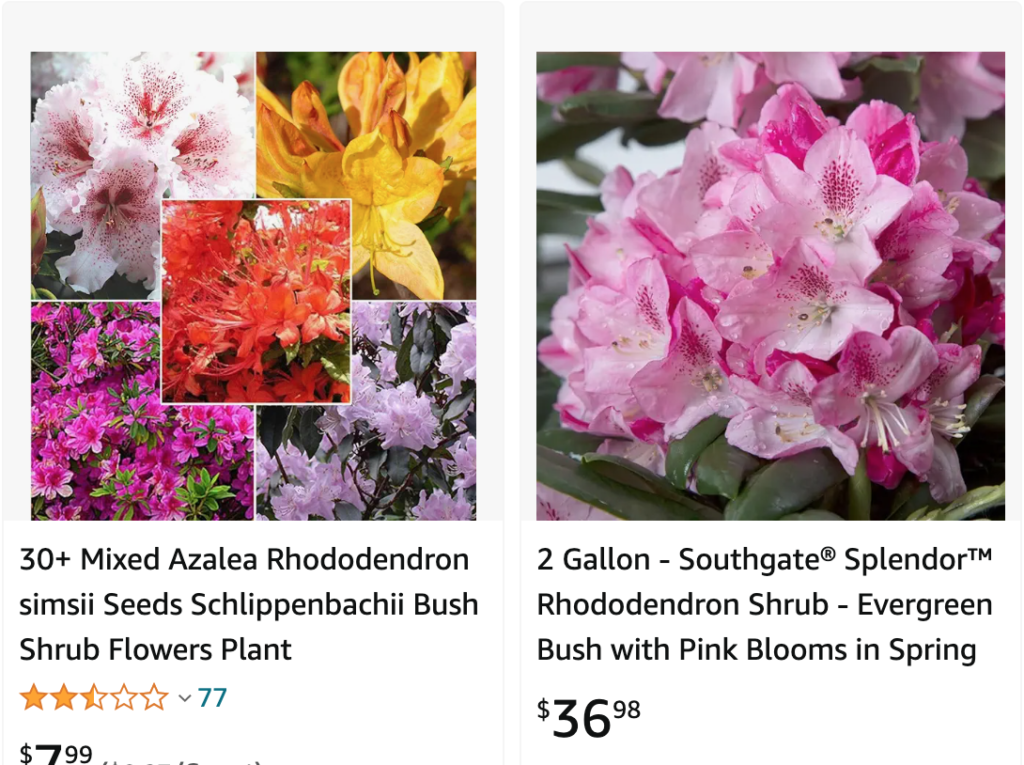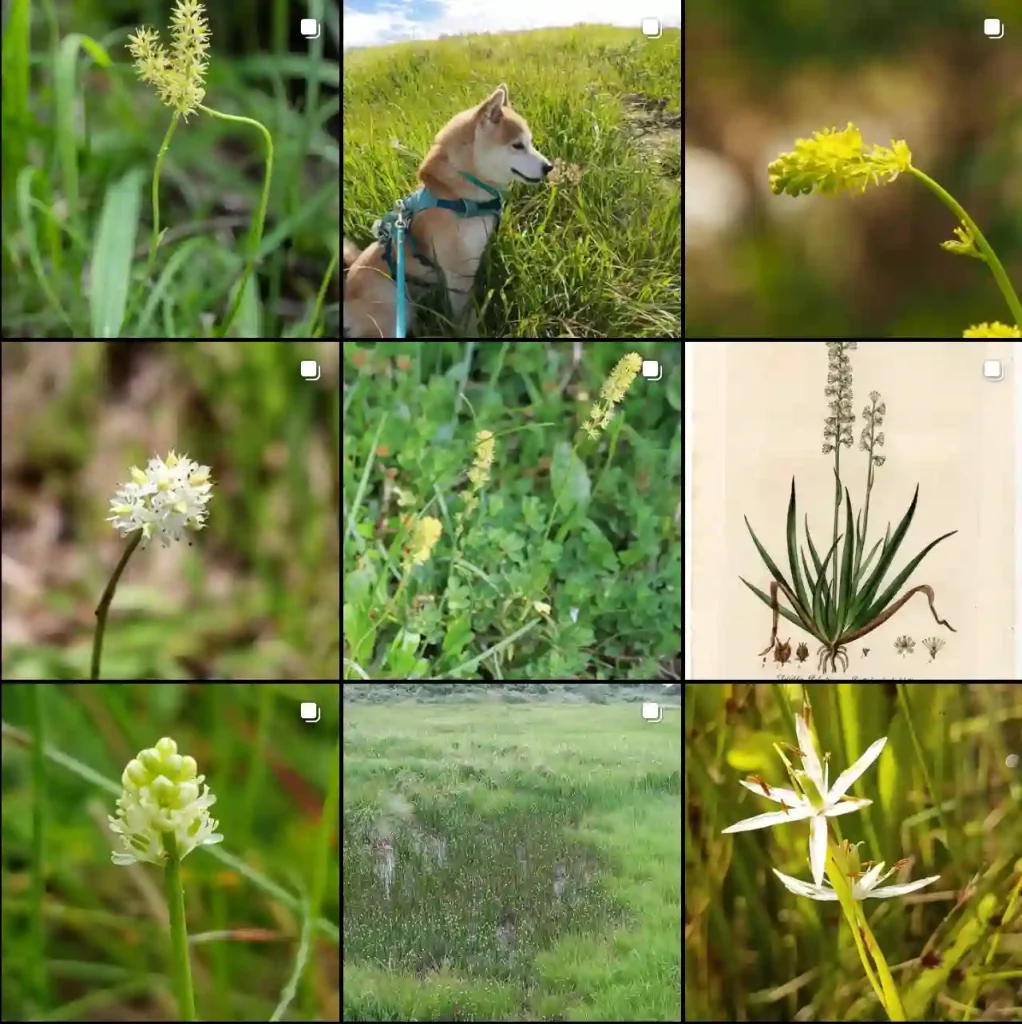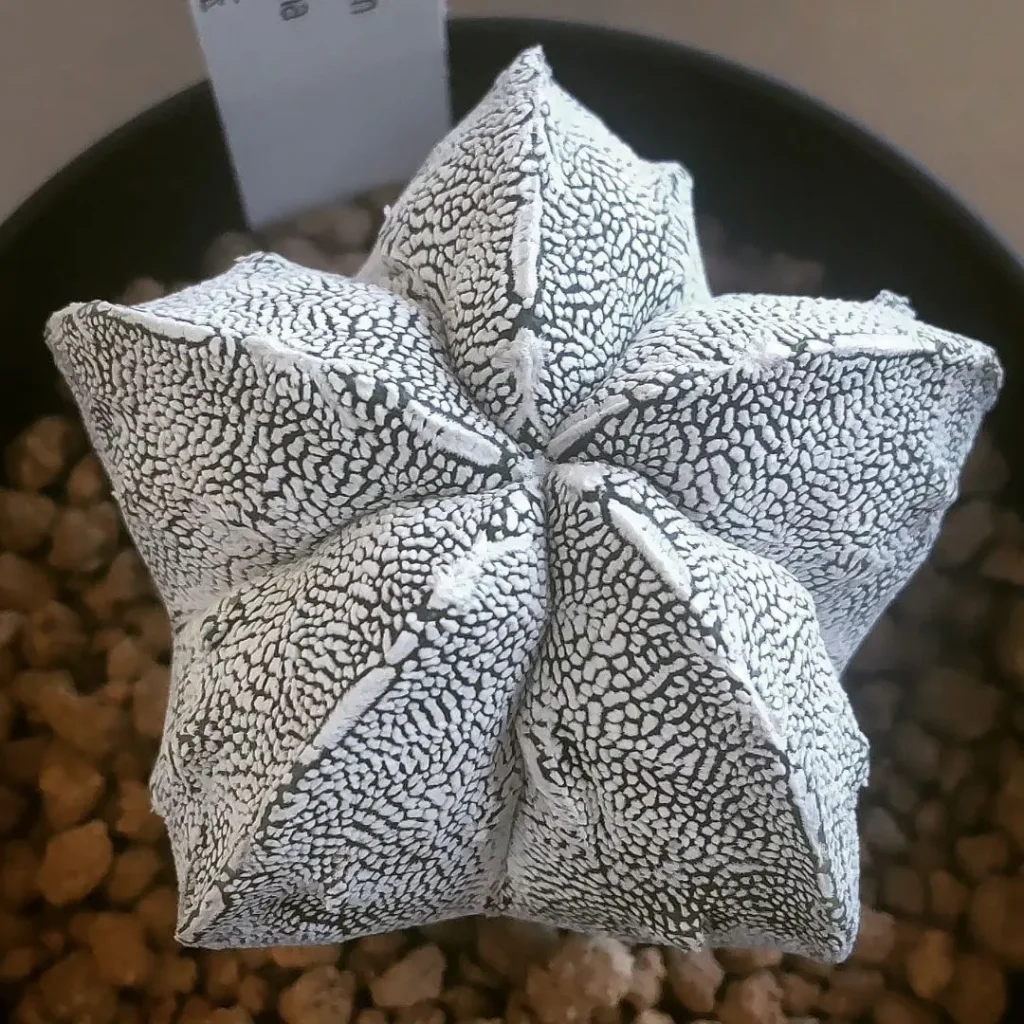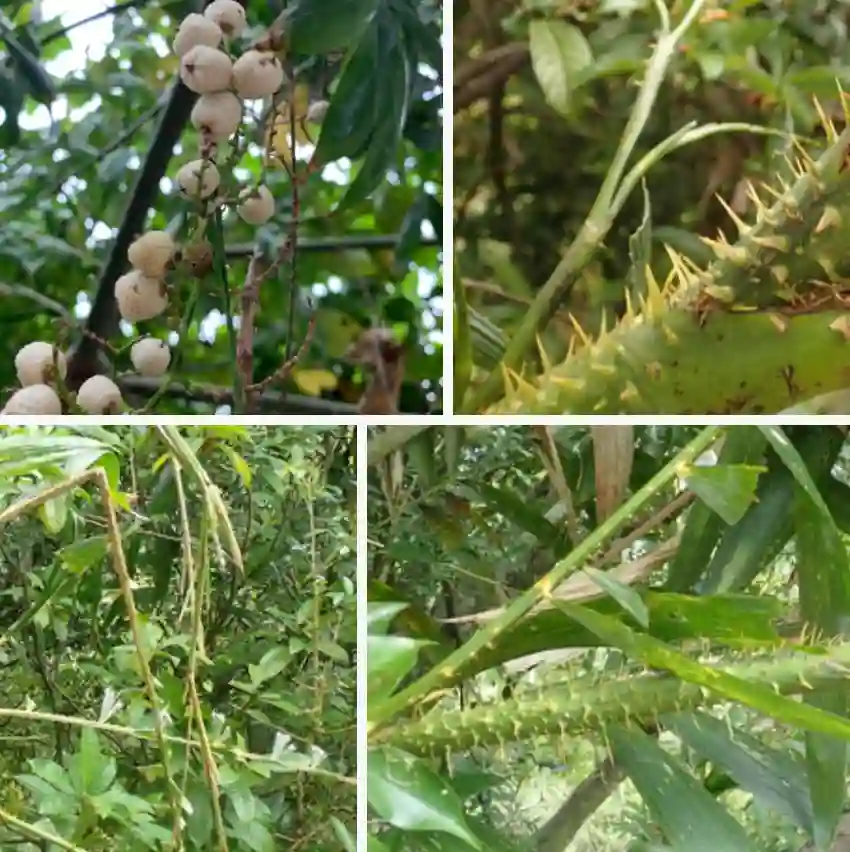
The Allure of Rhododendron Simsii: A Gardener’s Guide
For years, I’ve been captivated by the vibrant blooms of Rhododendron simsii. These evergreen shrubs, native to East Asia, boast clusters of trumpet-shaped flowers that erupt in a kaleidoscope of colors, from pure white to deep, fiery red. Their presence in my garden adds a touch of elegance and undeniable charm. But beyond their captivating beauty, Rhododendron simsii offers a surprisingly low-maintenance appeal, making them perfect for gardeners of all levels.
However, before welcoming these beauties into your own backyard, there are a few things to consider. Let’s delve deeper into the world of Rhododendron simsii, exploring their care requirements, potential pitfalls, and how to cultivate these stunning shrubs for a flourishing display.
1164 Species in Genus Rhododendron
How to plant and care for Rhododendron Simsii?
Rhododendron simsii thrives in cool, moist environments with acidic soil. If your soil leans towards the alkaline side, consider amending it with peat moss or composted manure to achieve the desired acidity level. When planting, choose a location that receives dappled sunlight or morning sun with afternoon shade. These shrubs appreciate a well-drained area, so ensure proper drainage to prevent root rot.
Once established, Rhododendron simsii requires minimal care. Regular watering, especially during dry spells, is crucial. Aim for consistent moisture in the soil but avoid waterlogging. A light application of fertilizer formulated for acid-loving plants in early spring can promote healthy growth and vibrant blooms. Mulching around the base of the plant helps retain moisture, regulate soil temperature, and suppress weeds.
Pruning for Shape and Renewal
While Rhododendron simsii naturally maintains a compact form, occasional pruning can enhance their shape and promote new flower growth. The ideal time for pruning is just after flowering has finished in late spring or early summer. Use sharp, sterilized pruning shears to remove spent blooms, dead or diseased branches, and any wayward growth that disrupts the desired shape. Avoid drastic pruning, as this can negatively impact flower production.
Is Rhododendron Simsii Toxic to Pets?
Yes, unfortunately, Rhododendron simsii is toxic to pets. All parts of the plant, including the leaves, flowers, and nectar, contain grayanotoxins, which can cause serious illness if ingested by pets. Symptoms of poisoning can include vomiting, diarrhea, drooling, weakness, and difficulty breathing. If you suspect your pet has consumed any part of the Rhododendron simsii, seek immediate veterinary attention.
Here are some safety tips to consider if you have pets and Rhododendron simsii in your garden:
- Plant Rhododendron simsii in areas inaccessible to pets, such as behind fencing or raised beds.
- Train your pets to stay away from the plants.
- Be aware of any signs of ingestion and act promptly.
Beyond the Basics: Additional Tips for Success
- Companion Planting: Consider planting companion plants around your Rhododendron simsii. Ferns, hostas, and hellebores are excellent choices, as they share similar light and moisture preferences. These companions can also add visual interest and create a layered garden design.
- Winter Protection: In colder climates, protecting your Rhododendron simsii with burlap or shade cloth during harsh winters can help prevent damage to flower buds.
- Potential Diseases: Be mindful of potential diseases such as powdery mildew and fungal infections. Maintaining good air circulation and avoiding overhead watering can help mitigate these issues. Early detection and treatment with fungicides, if necessary, are key to preventing the spread of disease.
The Reward: A Showstopping Display
With proper care and attention, Rhododendron simsii will reward you with a breathtaking display of color each spring. Their vibrant blooms, coupled with their evergreen foliage, add a touch of year-round elegance to any garden. By following these simple guidelines, you can successfully cultivate these captivating shrubs and enjoy their beauty for years to come.
If i die, water my plants!



